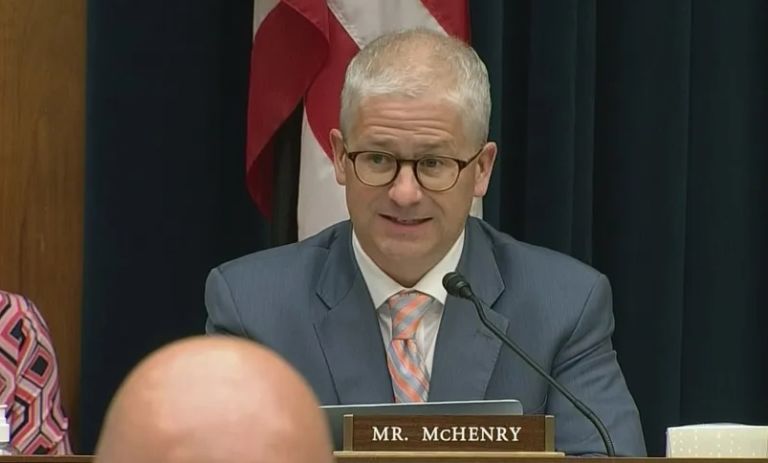Joni Ernst and Tom Schatz write for National Review Online about the disturbing return of congressional earmarks.
Congress isn’t even waiting to lift the decade-long moratorium on earmarking before starting to pig out.
Look no further than the $1.9 trillion bill being touted by Democrats as the latest response to the COVID pandemic — a proposal that’s being fast-tracked through both chambers. Tucked within its nearly 600 pages are a number of pet projects — also known as “earmarks” — that have absolutely nothing to do with COVID. Take, for example, the $1.5 million set aside for a bridge connecting New York and Canada. Elsewhere you will find a cleverly worded provision that earmarks $140 million for a subway from San Francisco to Silicon Valley. These projects will benefit the Democratic leaders of the Senate and House.
This is precisely how earmarking works. Secret spending is dropped into a “must-pass” bill at the behest of powerful politicians and is typically totally unrelated to the merits of the project or the purpose of the legislation.
House Appropriations Committee chair Rosa DeLauro (D., Conn.) and Senate Appropriations Committee chairman Patrick Leahy (D., Vt.) claim that earmarks will be restored with more transparency and limitations on where the money can be directed. But putting lipstick on earmarks does not prevent them from being good old-fashioned pork-barrel spending and the most corrupt, costly, and inequitable practice in the history of Congress.
Earmarking — by design — will never be transparent. Unlike the federal grant-making process, there is no standard for competition for the grants, and taxpayers have no ability to examine how the money was doled out. Earmarking is quite literally decided in secret. More insidiously, decisions about who gets earmarks and who doesn’t are usually treated as a form of political reward for the well-connected or as punishment for those who don’t follow the party line.


